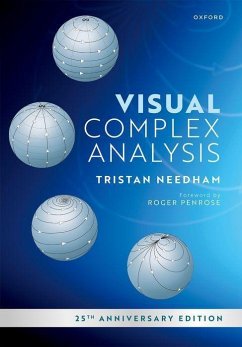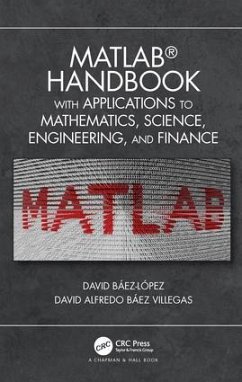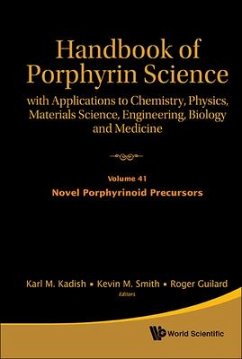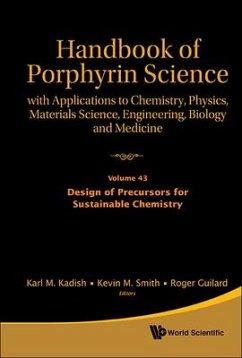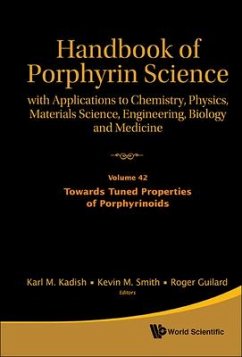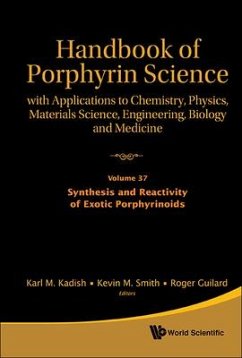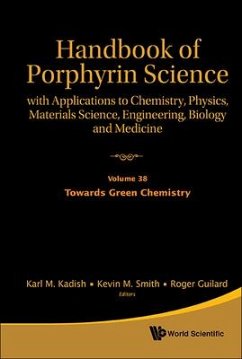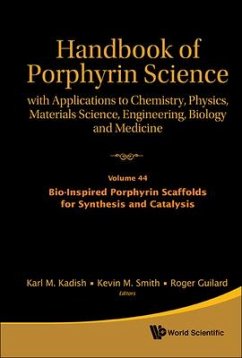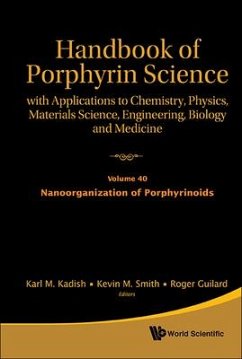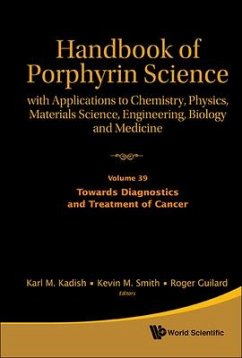Nicht lieferbar
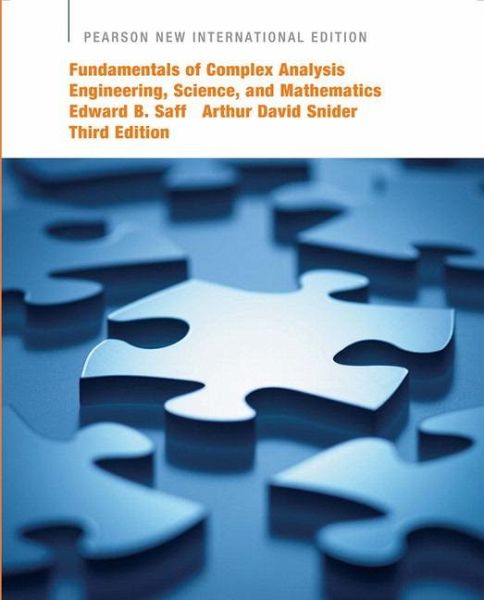
Fundamentals of Complex Analysis with Applications to Engineering, Science, and Mathematics
Pearson New International Edition
Versandkostenfrei!
Nicht lieferbar
This is the best seller in this market. It provides a comprehensive introduction to complex variable theory and its applications to current engineering problems. It is designed to make the fundamentals of the subject more easily accessible to students who have little inclination to wade through the rigors of the axiomatic approach. Modeled after standard calculus books—both in level of exposition and layout—it incorporates physical applications throughout the presentation, so that the mathematical methodology appears less sterile to engineering students.
Features + Benefits
NEW—Downloadable MATLAB toolbox—A state-of-the-art computer aid.
Enables visualization of complex arithmetic operations and conformal maps using a graphics-based computer program. Animations, color, and accurate drawings enhance lecture presentations.
NEW—Modern exposition of the use of complex numbers in linear analysis—AC circuits, kinematics, signal processing.
Provides students with an alternative perspective on these applications.
NEW—Section on Julia sets—The graphical depiction of iterated complex functions leads to interesting fractal patterns.
Familiarizes students with a recent topic in complex analysis research.
NEW—Early introduction of Euler's formula.
Obviates the clumsy “cis” notation.
Physical interpretation of properties of analytic function as equilibrium temperature profiles—Properties such as maximum principles, boundary value determinations, and mean values are well known for temperatures.
Two alternative presentations of Cauchy's theorem are given
(Ch. 4)—The first is based on the deformation of contours (homotopy). The second interprets contour integrals in terms of line integrals and invokes Green's theorem to complete the argument. These developments are presented parallel to one another. Either one may be read, and the other omitted, without disrupting the exposition.
Provides an alternative approach that is easy to visualize and to apply in specific situations.
Frequent use of analogies from elementary calculus or algebra to introduce complex concepts.
Helps students to anticipate results and to tie them to familiar ideas.
Highly readable exposition on numerical conformal mapping—Draws the distinction between direct methods, wherein a mapping must be constructed to solve a specific problem, and indirect methods that postulate a mapping and then investigate which problems it solves. Dispels the impression that all applications of the technique fall into the latter category.
Important for modern applications; relates to other areas of mathematics.
A self-contained approach—Includes all the proofs that reflect the spirit of analytic function theory, and omits most of those that involve deeper results from real analysis (e.g., does not prove the convergence of Riemann sums for complex integrals, the Cauchy criterion for convergence of a series, Goursat's generalization of Cauchy's theorem, or the Riemann mapping theorem). Also, shuns the ordered-pairs interpretations of complex numbers in favor of the more intuitive approach (grounded in algebraic field extensions).
Applications to “real world” engineering problems.
Engages students and helps to enliven the mathematics.
Linear systems analysis used as a recurring application—The basic ideas of frequency analysis are introduced in Ch. 3 following the study of the transcendental functions. Smith charts, circuit synthesis, and stability criteria are addressed at appropriate times; and the development culminates in Ch. 8 with the exposition of Fourier, Mellin, Laplace, Hilbert, and z-transforms. Proofs of the transform representations are offered for those cases where analytic function theory applies.
1. Complex Numbers.
2. Analytic Functions.
3. Elementary Functions.
4. Complex Integration.
5. Series Representations for Analytic Functions.
6. Residue Theory.
7. Conformal Mapping.
Answers to Odd-Numbered Problems.
Index.
Features + Benefits
NEW—Downloadable MATLAB toolbox—A state-of-the-art computer aid.
Enables visualization of complex arithmetic operations and conformal maps using a graphics-based computer program. Animations, color, and accurate drawings enhance lecture presentations.
NEW—Modern exposition of the use of complex numbers in linear analysis—AC circuits, kinematics, signal processing.
Provides students with an alternative perspective on these applications.
NEW—Section on Julia sets—The graphical depiction of iterated complex functions leads to interesting fractal patterns.
Familiarizes students with a recent topic in complex analysis research.
NEW—Early introduction of Euler's formula.
Obviates the clumsy “cis” notation.
Physical interpretation of properties of analytic function as equilibrium temperature profiles—Properties such as maximum principles, boundary value determinations, and mean values are well known for temperatures.
Two alternative presentations of Cauchy's theorem are given
(Ch. 4)—The first is based on the deformation of contours (homotopy). The second interprets contour integrals in terms of line integrals and invokes Green's theorem to complete the argument. These developments are presented parallel to one another. Either one may be read, and the other omitted, without disrupting the exposition.
Provides an alternative approach that is easy to visualize and to apply in specific situations.
Frequent use of analogies from elementary calculus or algebra to introduce complex concepts.
Helps students to anticipate results and to tie them to familiar ideas.
Highly readable exposition on numerical conformal mapping—Draws the distinction between direct methods, wherein a mapping must be constructed to solve a specific problem, and indirect methods that postulate a mapping and then investigate which problems it solves. Dispels the impression that all applications of the technique fall into the latter category.
Important for modern applications; relates to other areas of mathematics.
A self-contained approach—Includes all the proofs that reflect the spirit of analytic function theory, and omits most of those that involve deeper results from real analysis (e.g., does not prove the convergence of Riemann sums for complex integrals, the Cauchy criterion for convergence of a series, Goursat's generalization of Cauchy's theorem, or the Riemann mapping theorem). Also, shuns the ordered-pairs interpretations of complex numbers in favor of the more intuitive approach (grounded in algebraic field extensions).
Applications to “real world” engineering problems.
Engages students and helps to enliven the mathematics.
Linear systems analysis used as a recurring application—The basic ideas of frequency analysis are introduced in Ch. 3 following the study of the transcendental functions. Smith charts, circuit synthesis, and stability criteria are addressed at appropriate times; and the development culminates in Ch. 8 with the exposition of Fourier, Mellin, Laplace, Hilbert, and z-transforms. Proofs of the transform representations are offered for those cases where analytic function theory applies.
1. Complex Numbers.
2. Analytic Functions.
3. Elementary Functions.
4. Complex Integration.
5. Series Representations for Analytic Functions.
6. Residue Theory.
7. Conformal Mapping.
Answers to Odd-Numbered Problems.
Index.
This is the best seller in this market. It provides a comprehensive introduction to complex variable theory and its applications to current engineering problems. It is designed to make the fundamentals of the subject more easily accessible to students who have little inclination to wade through the rigors of the axiomatic approach. Modeled after standard calculus books?both in level of exposition and layout?it incorporates physical applications throughout the presentation, so that the mathematical methodology appears less sterile to engineering students.





